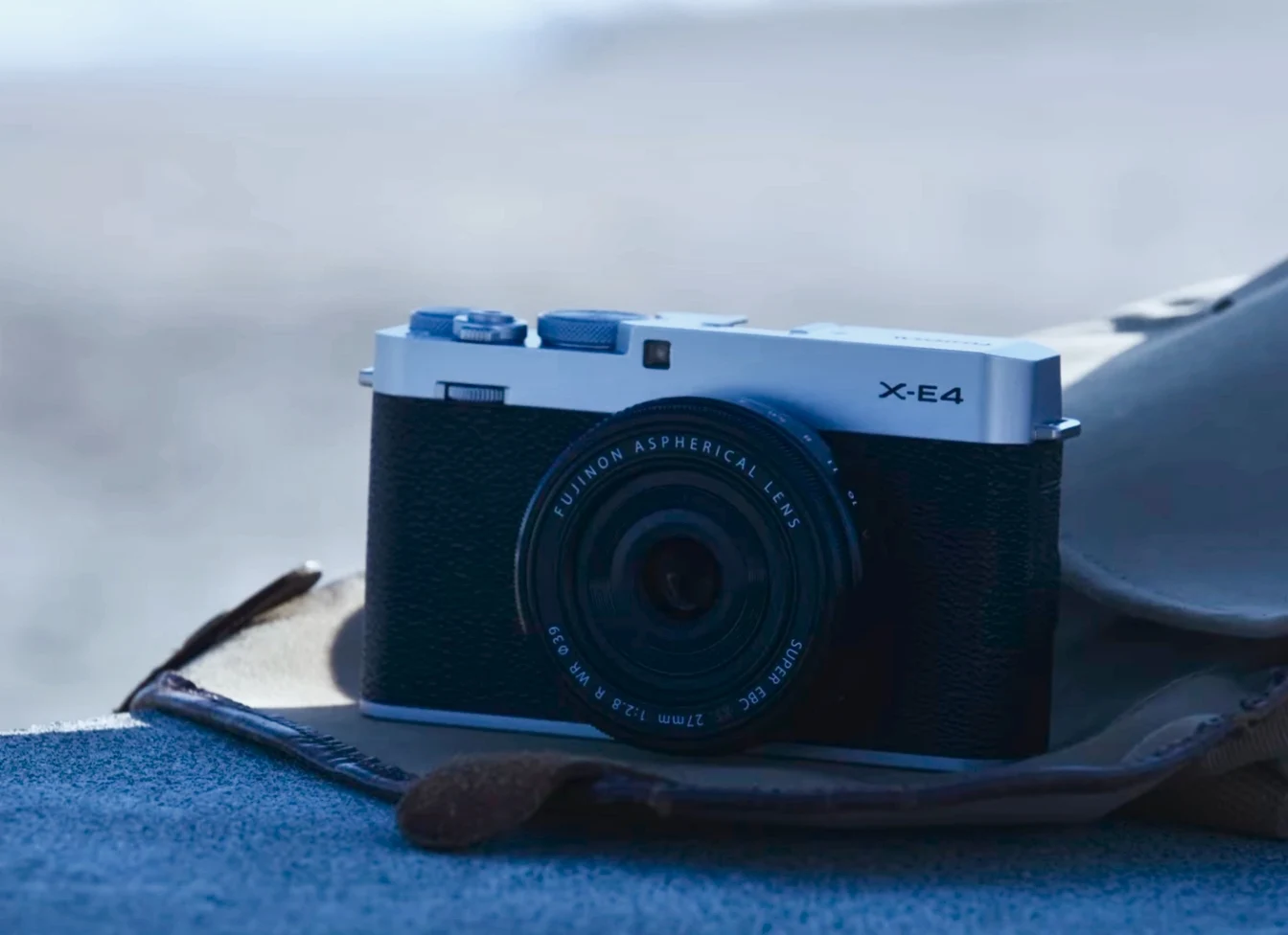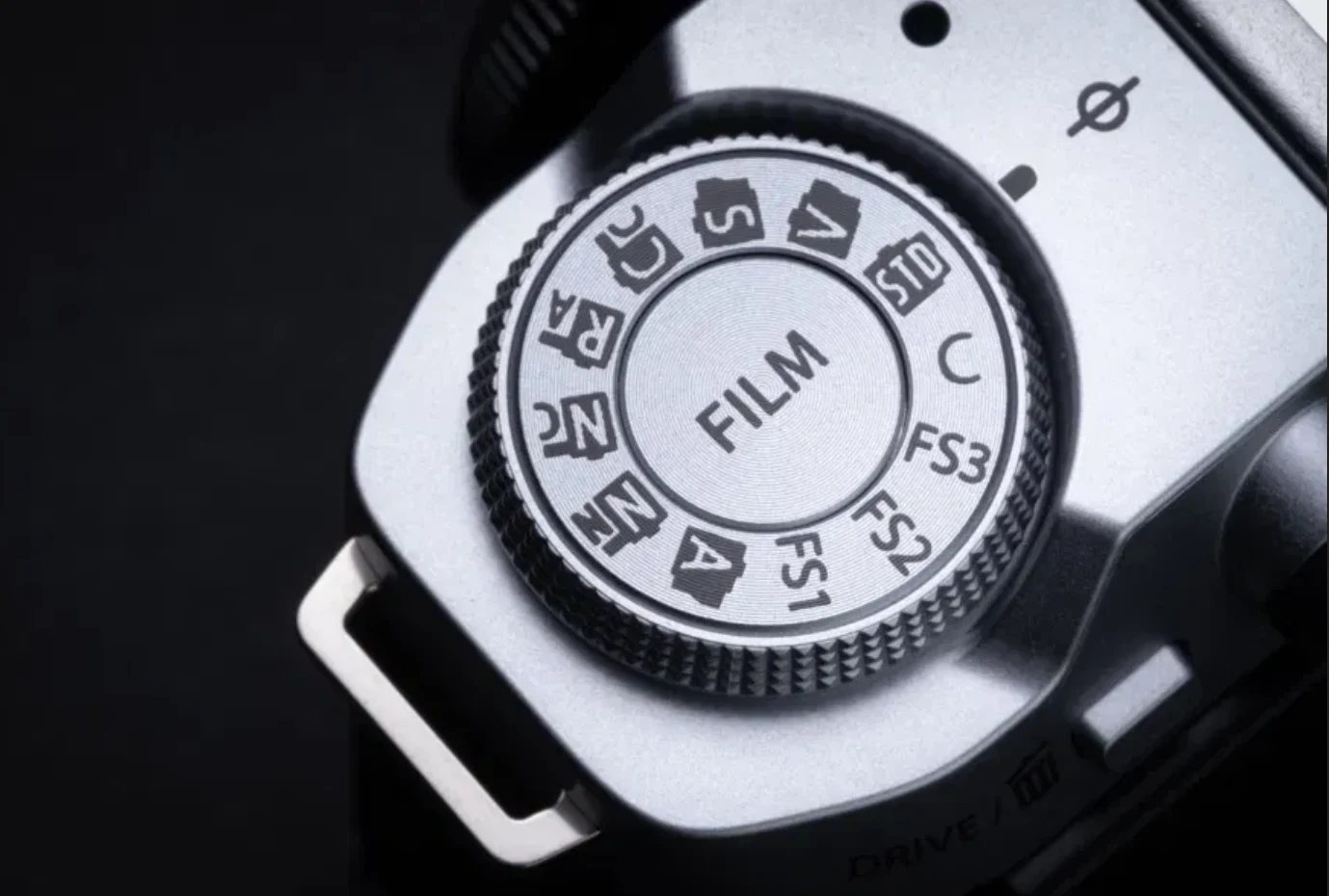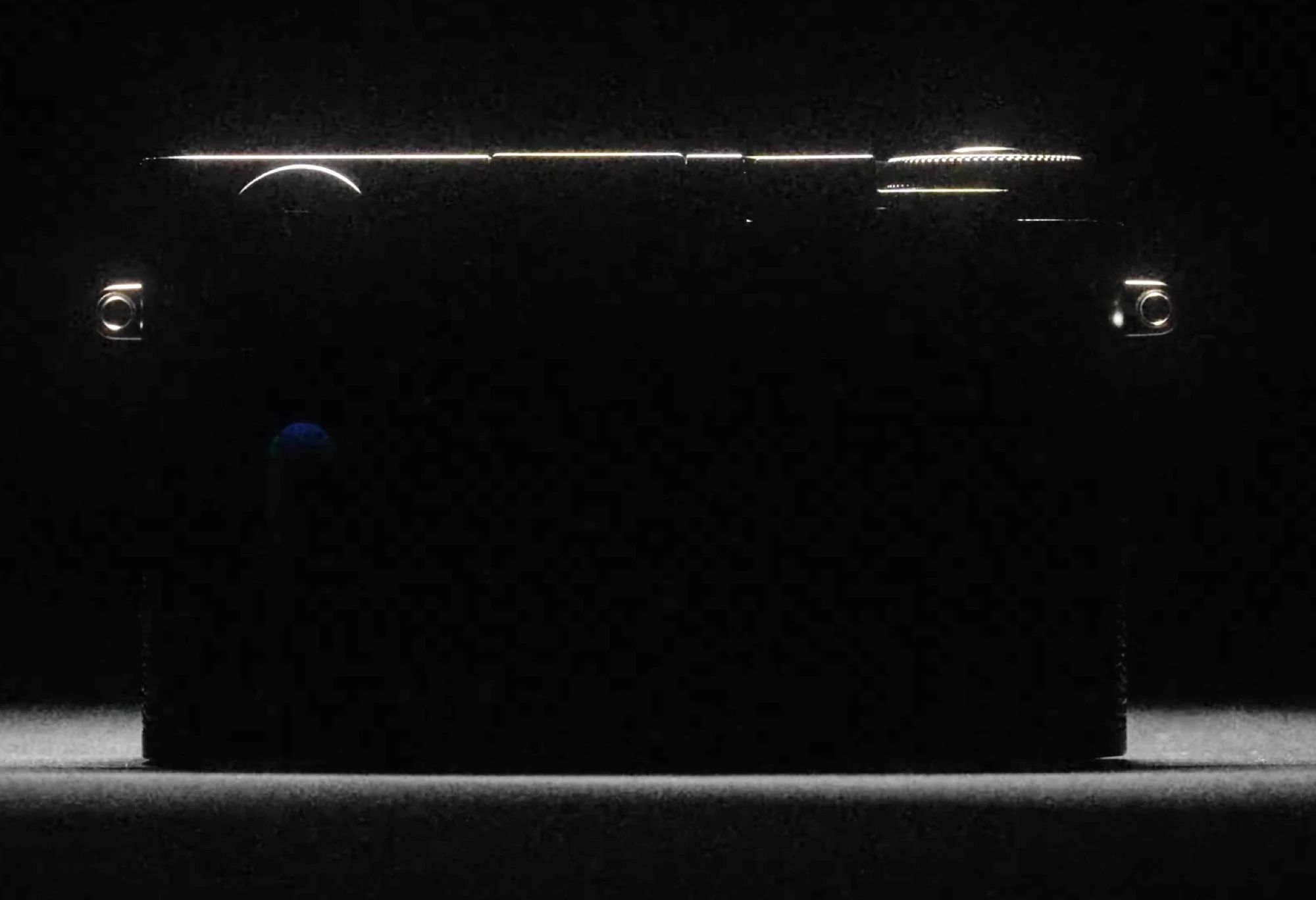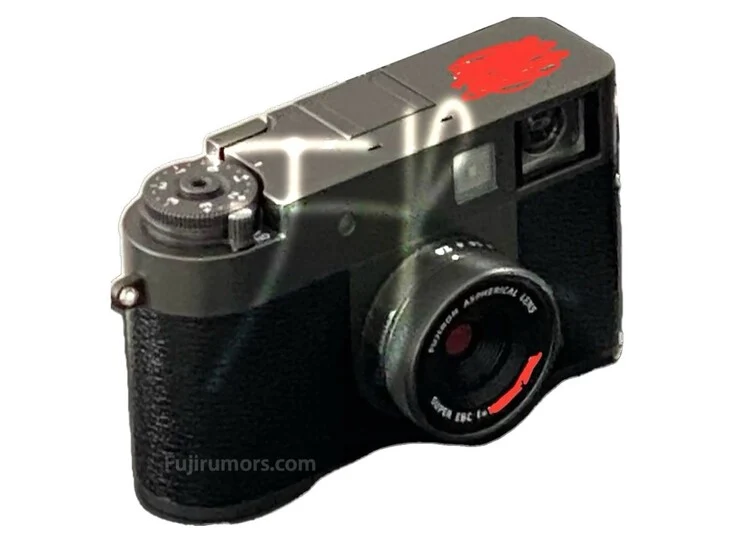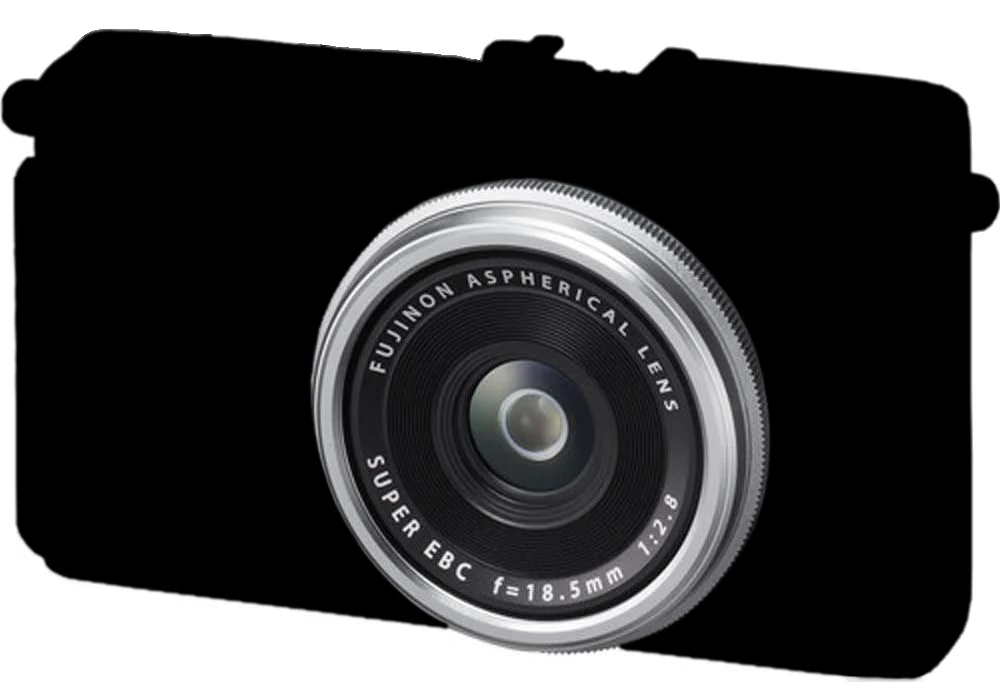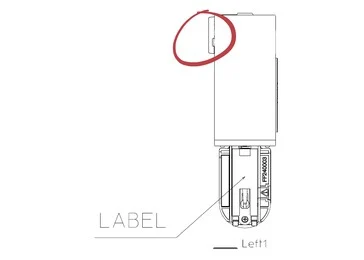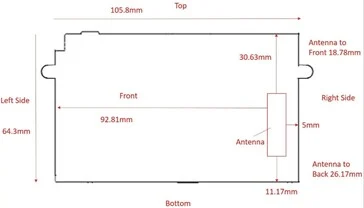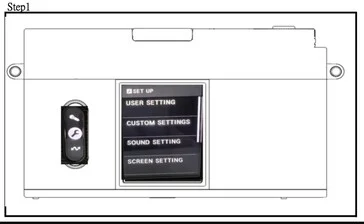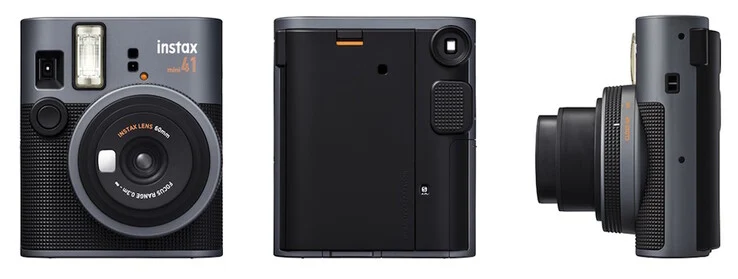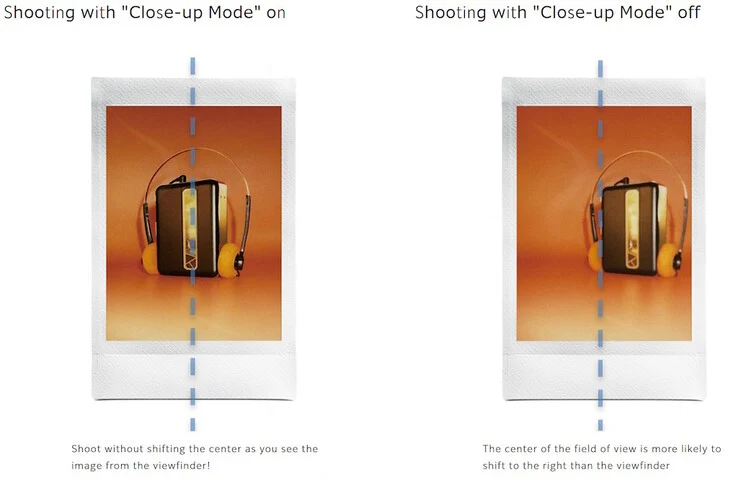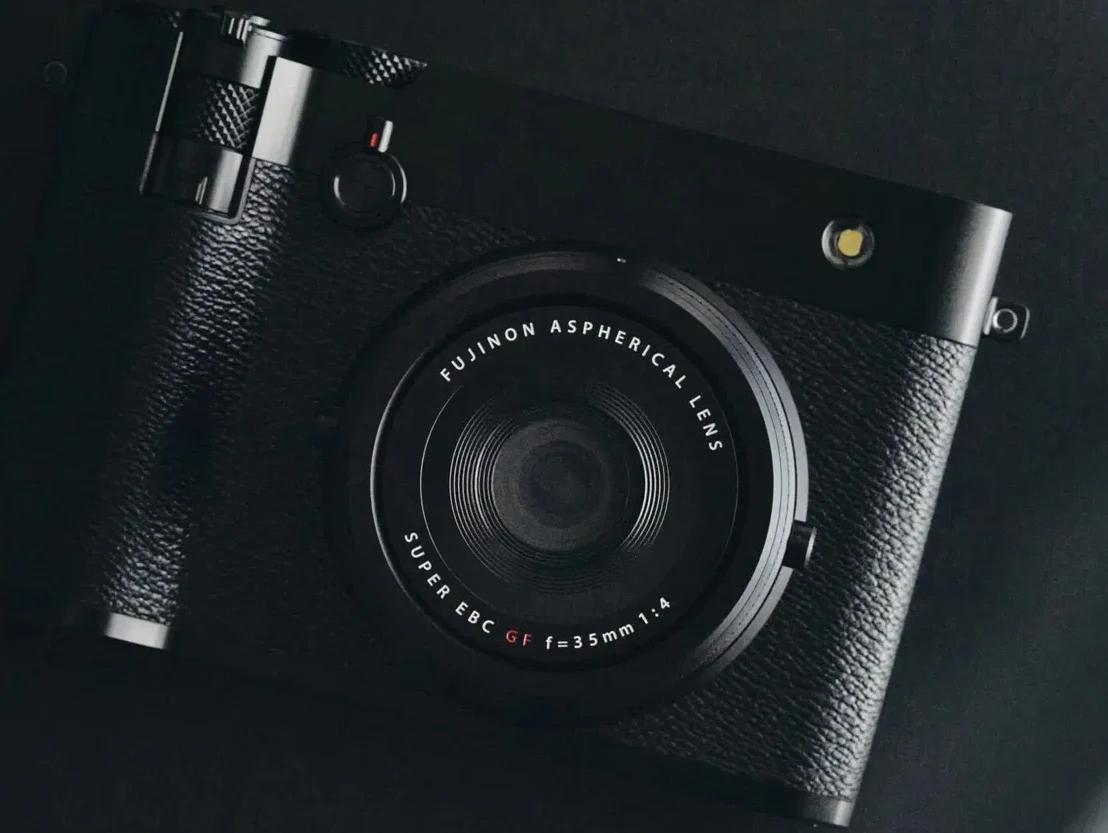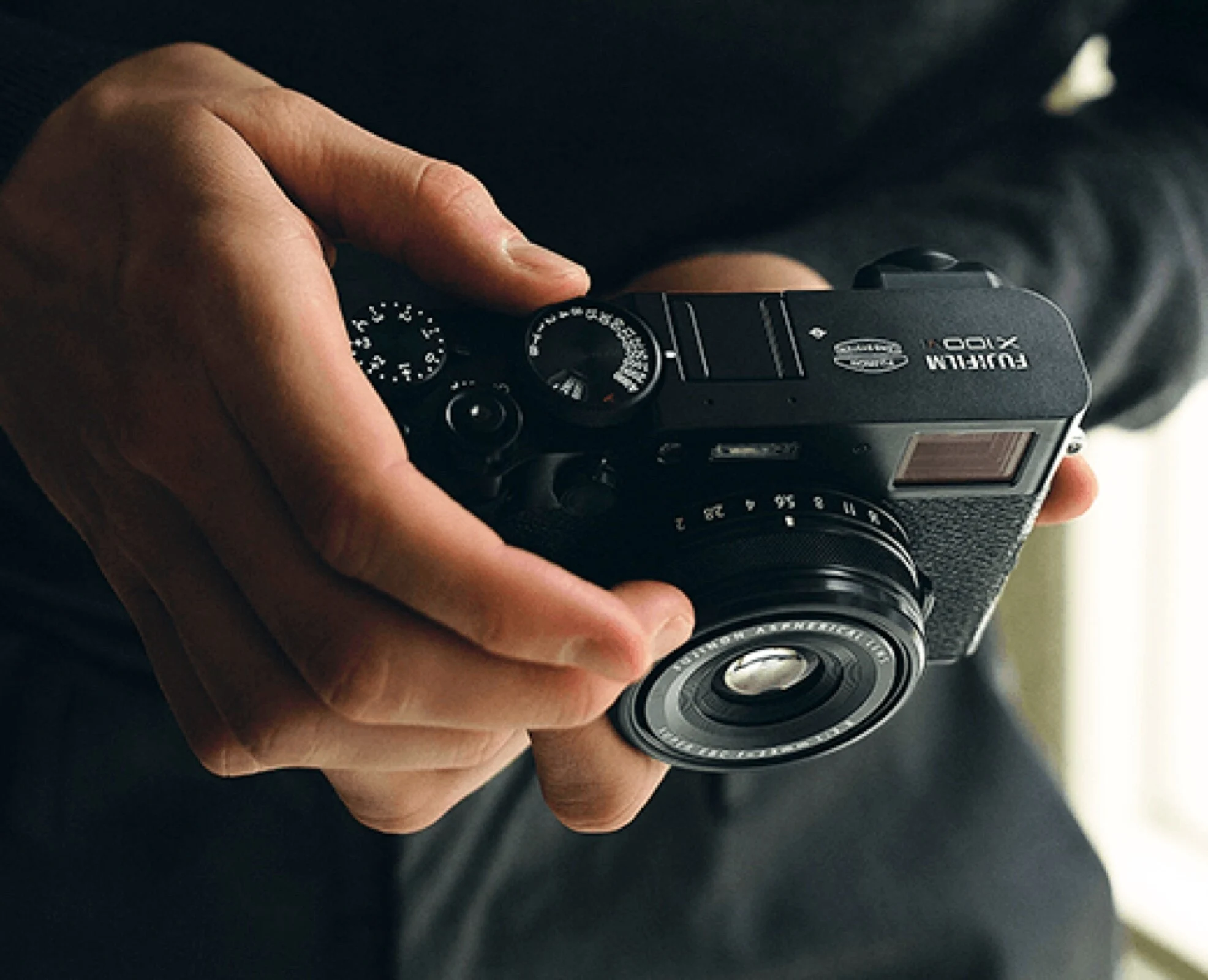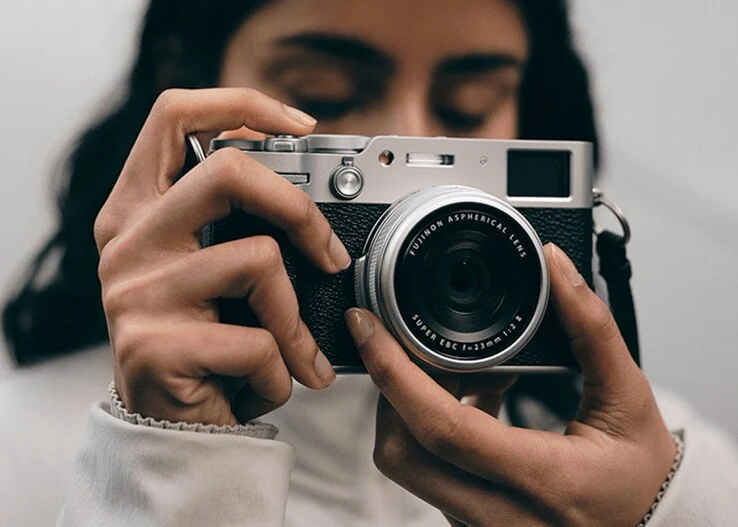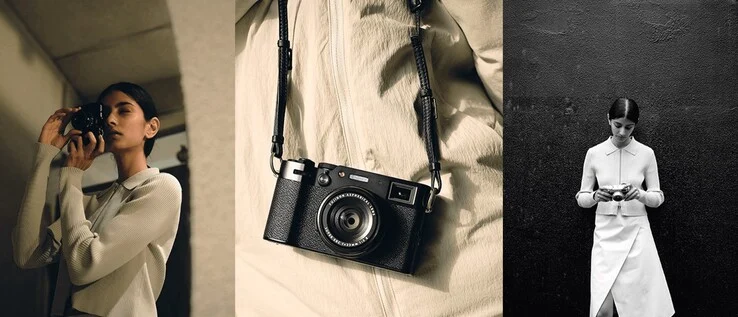Key Takeaways
1. The Fujifilm X-E5 features improved design with a more pronounced grip for better handling, addressing feedback from the X-E4’s minimalistic design.
2. Enhanced control options include an MCS switch for quick focus mode changes, a viewfinder selector similar to the X100VI, and a diopter adjustment dial.
3. The camera retains a customizable dial above the grip for personalized settings, similar to previous models.
4. A new film simulation dial is expected, adding to the versatility of the camera alongside existing exposure compensation and shutter speed dials.
5. The X-E5 aims to be a strong APS-C alternative to the X100VI, with a focus on user-friendly features and functionality.
As the June 12 release date for the Fujifilm X-E5 gets closer, new information about the upcoming compact APS-C camera is becoming more frequent. The latest details, shared by Fuji Rumors, include what appear to be promotional images of the X-E5, showcasing some useful new design and control options for this compact mirrorless camera.
Design and Ergonomics Improvements
Fujifilm’s X-E4 faced a lot of backlash from fans who thought it leaned too heavily into minimalism, providing very few tactile controls compared to other Fujifilm models. However, the newly leaked images of the X-E5 indicate that the brand has listened to this feedback regarding design and user experience. One significant change noted in the leaks is the more pronounced grip on the camera’s front. This alteration stands in stark contrast to the flat design of the X-E4, promising a less slippery hold that should benefit users with heavier, longer lenses—something that photographers who favor vintage lenses will likely appreciate.
Enhanced Control Features
In addition to the grip improvement, there are other noticeable updates to the hardware controls. The new features include an MCS switch for swiftly changing focus modes, a viewfinder selector that looks just like the one on the X100VI (currently priced at $2,399.95 on Amazon with a bundle), and what seems to be a diopter adjustment dial for the viewfinder located on the left side of the camera. Like the X-E4, there is also a customizable dial situated on the front of the camera, right above the grip.
Versatility in Functionality
Moreover, with the previously leaked film simulation dial that will likely complement the existing exposure compensation and shutter speed dials, these recent image leaks suggest that the Fujifilm X-E5 is shaping up to be a rather adaptable APS-C alternative to the X100VI. The combination of these features indicates that this camera could be a strong contender in its category.
Source:
Link


